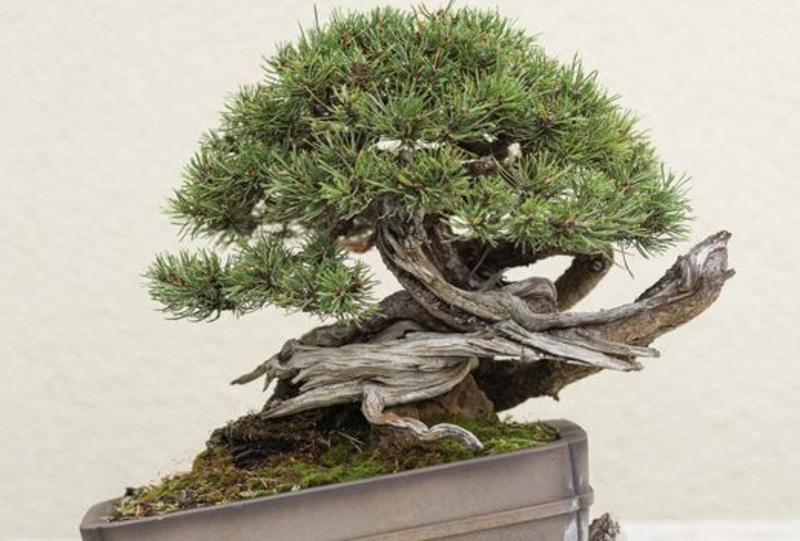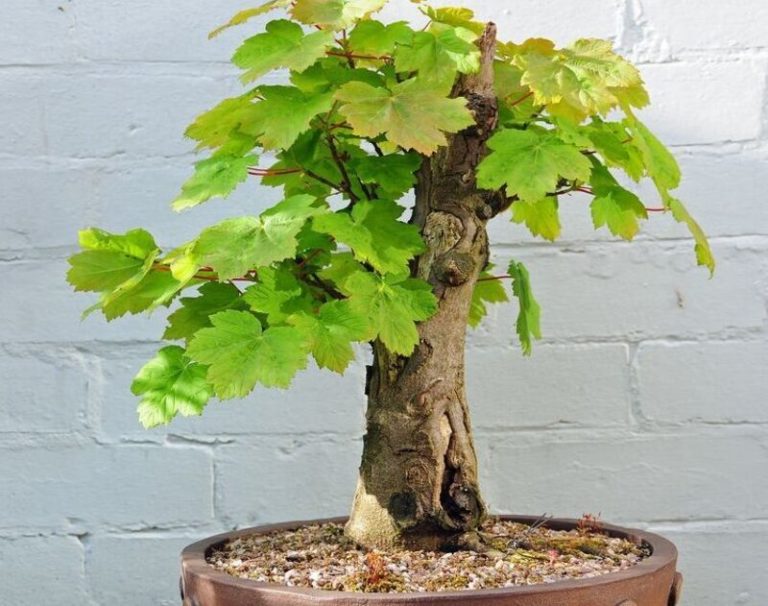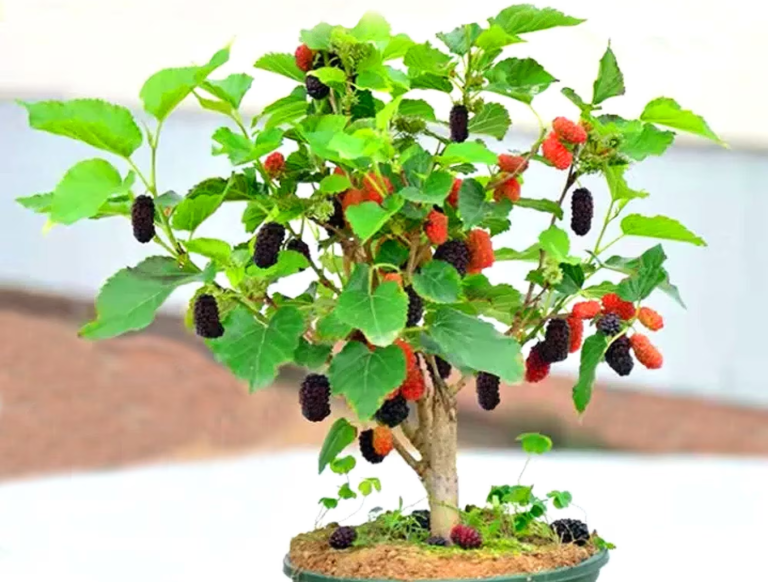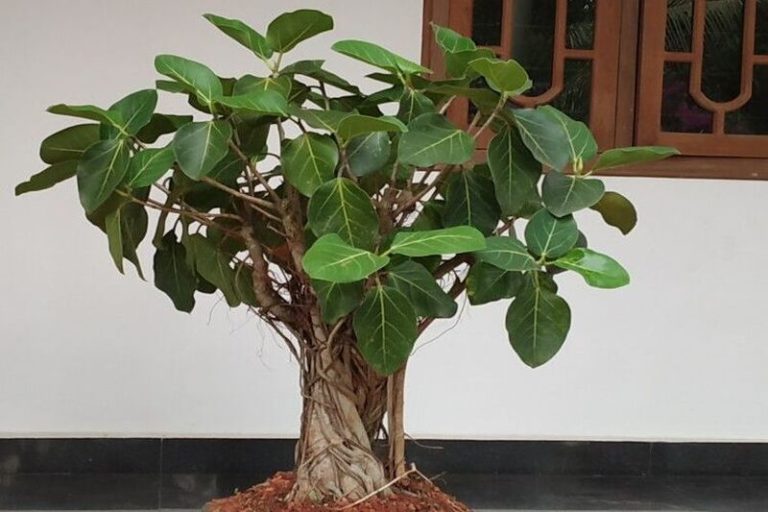Mugo Pine Bonsai: The Ultimate Decorative Piece for Your Living Room
A Mugo Pine bonsai is a miniature form of the evergreen conifer tree, which is native to the mountains of central and southern Europe. For hundreds of years, Mugo Pine Bonsai have been cultivated and taught to produce lovely little trees that may be grown in a pot or container and displayed.
They are a well-liked option among bonsai enthusiasts since they are simple to maintain and may be trained to resemble several conventional designs. The Mugo Pine Bonsai is a wonderful addition to any yard or house because of its extended lifetime.
What is Mugo Pine Bonsai?
A Mugo Pine Bonsai is a small tree that looks like a Mugo Pine tree (Pinus mugo) and has been grown and trained in the art of bonsai. The Mugo Pine is a type of evergreen pine that grows in the mountains of Central and Southern Europe. For the bonsai version of the Mugo Pine, careful cutting, wiring, and shaping are used to keep the tree’s small, attractive shape while giving it the look of a full-grown tree.
Mugo Pine Bonsai
| Attribute | Information |
|---|---|
| Botanical Name | Pinus mugo |
| Other Name | Mugo Pine |
| Native Area | Mountains of Central and Southern Europe |
| Plant Type | Evergreen Coniferous Tree |
| Growth | Slow to Moderate |
| Fertilizer | Balanced, slow-release fertilizer in spring |
| Light Requirement | Full Sun to Partial Shade |
| Propagation | Seeds, Cuttings |
| Soil Type | Well-Draining Bonsai Soil Mix |
| Temperature | Hardy in USDA Zones 2-8 |
| Toxicity | Generally Non-Toxic |
| Watering | Keep soil consistently moist; roots need moisture |
| USDA Zones | 2-8 |
Growing Mugo Pine Bonsai
Raising a Mugo Pine Bonsai is a gratifying task that needs patience and perseverance. Here are some tips to assist you cultivate a healthy and attractive Mugo Pine Bonsai:
1. Choosing the right tree: Choose a young tree with a straight trunk, bright green leaves, and strong roots.
2. Potting and soil requirements: A well-draining soil mixture of peat moss, sand, and perlite is required for growing Mugo Pine bonsai. Choose a shallow container that is proportional to the tree’s size.
3. Watering and fertilization: Water your Mugo Pine Bonsai regularly, but be careful not to overwater it. The soil should be moist, but not saturated. Fertilize the tree every two weeks during the growing season with a balanced fertilizer.
4. Pruning and wiring techniques: Prune your Mugo Pine Bonsai in the spring to remove any dead or diseased branches and to shape the tree. Use thin wires to gently bend the branches into the desired shape. Remove the wires after a few months to avoid damaging the tree.
5. Repotting and root pruning: Repot your Mugo Pine Bonsai every two to three years to refresh the soil and trim the roots. Do this in the spring before new growth starts.
By following these steps, you can grow a healthy and beautiful Mugo Pine Bonsai that will thrive for many years. Remember to provide your tree with proper care and maintenance, and enjoy the beauty and tranquility of your bonsai tree.

Pruning and Wiring Techniques
Pruning and wiring are crucial strategies utilized to create and maintain the ideal form of a Mugo Pine Bonsai. Here are some suggestions for mastering these techniques:
Pruning
- In the spring, before new growth begins, prune your Mugo Pine bonsai. This will allow you to better observe the tree’s structure and remove any sick or dead branches.
- Use pruning shears that are sharp to get clean cuts. Don’t leave stubs because they can attract diseases and pests.
- When pruning, cut at a 45-degree angle just above a bud or side branch.
- During trimming, keep in mind the final shape you want for your bonsai tree. Pruning off any branches that are too close together or at an unusual angle, for instance, can give your tree a straight trunk and evenly spaced branches.
- Remember to step back and evaluate your work frequently. This will help you make sure that you are achieving the desired shape and balance of your tree.
Wiring
- To bend and mold the branches of your Mugo Pine Bonsai, use thin copper or aluminum wire. Use of wire that is excessively thick risked harming the branches.
- The branch should be wrapped with the wire, then carefully bent into the appropriate position. The branch should not be bent too much since it might break.
- To avoid injuring the tree, remove the wire after a few months. To prevent harming the bark, proceed with caution.
- To protect the branches from the wire, wrap them with raffia or other cushioning material. This will keep the wire from burrowing into the bark and damaging it.
- Remember to take your time when wiring your bonsai tree. Rushing can lead to mistakes and damage to the tree.
By following these tips, you can successfully prune and wire your Mugo Pine Bonsai and maintain its desired shape and beauty. Remember to practice these techniques with care and patience to ensure that your bonsai tree grows and thrives for many years to come.
Care and Maintenance
Proper care and maintenance are crucial to the health and longevity of your Mugo Pine Bonsai. Here are some tips to help you care for and maintain your bonsai tree:
- Watering: Mugo Pine Bonsai requires regular watering to maintain healthy growth. The soil should be moist, but not waterlogged. Water the tree thoroughly when the soil feels dry to the touch. Avoid watering the foliage directly, as this can cause damage or disease.
- Fertilization: Mugo Pine Bonsai requires regular fertilization to provide the nutrients it needs to thrive. Use a balanced fertilizer every two weeks during the growing season. Avoid fertilizing in the winter, as this can damage the roots.
- Lighting: Mugo Pine Bonsai requires bright, indirect light to grow properly. Place the tree near a window where it can receive plenty of sunlight, but avoid direct sunlight, which can scorch the foliage.
- Temperature and humidity: Mugo Pine Bonsai prefers cool, humid conditions. Keep the tree in a cool room or outdoors in a shaded area during the summer months. Avoid exposing the tree to extreme temperatures or drafts.
- Pruning and wiring: Regular pruning and wiring are important to maintain the desired shape and structure of your Mugo Pine Bonsai. Prune the tree in the spring before new growth starts, and use wiring to bend and shape the branches into the desired form.
- Repotting: Repot your Mugo Pine Bonsai every two to three years to refresh the soil and trim the roots. Do this in the spring before new growth starts.
Mugo Pine Bonsai Care Sheet
| Aspect | Care Tips |
| Watering | Water regularly, making sure the soil is slightly moist |
| Light | Full sun to partial shade, protect from intense afternoon sun |
| Temperature | Cool to cold temperatures, ideally between 20-50°F (-7 to 10°C) |
| Soil | Well-draining soil, ideally with some sand or gravel |
| Fertilizer | Use a balanced fertilizer every 2-4 weeks during growing season |
| Pruning | Regularly prune and shape the tree to maintain its form |
| Wiring | Use wire to shape branches when young and flexible |
| Repotting | Repot every 2-3 years in the spring, trimming roots as needed |
| Pests/Disease | Watch for spider mites and aphids, treat promptly if detected |
By following these tips, you can provide the proper care and maintenance that your Mugo Pine Bonsai requires to thrive. Remember to be patient and consistent with your care routine, and your bonsai tree will reward you with its beauty and tranquility for many years to come.
Styling and Displaying
Styling and displaying your Mugo Pine Bonsai is an important aspect of bonsai culture. Here are some tips to help you style and display your bonsai tree:
- Choose the right container: Select a container that complements the style and size of your Mugo Pine Bonsai. The container should be slightly larger than the root ball and have proper drainage holes.
- Consider the style of the tree: Mugo Pine Bonsai can be styled in a variety of ways, including formal upright, informal upright, cascade, and semi-cascade. Choose a style that complements the tree’s natural growth pattern and reflects your personal taste.
- Use appropriate accessories: Select accessories, such as rocks, moss, and figurines, that complement the style and color of your Mugo Pine Bonsai. These accessories can enhance the display and create a sense of harmony and balance.
- Display the tree in a prominent location: Place your Mugo Pine Bonsai in a location where it can be admired and enjoyed. Avoid placing it in direct sunlight or in an area where it will be subject to extreme temperatures or drafts.
- Rotate the tree regularly: Rotate your Mugo Pine Bonsai every few weeks to ensure that all sides of the tree receive adequate light and to encourage even growth.
- Participate in bonsai exhibitions: Bonsai exhibitions provide an opportunity to showcase your Mugo Pine Bonsai and to learn from other bonsai enthusiasts. Consider participating in local bonsai clubs or exhibitions to connect with other enthusiasts and to gain inspiration for styling and displaying your tree.
By following these tips, you can style and display your Mugo Pine Bonsai in a way that reflects its natural beauty and creates a sense of tranquility and harmony in your home or garden. Remember to be patient and enjoy the process of cultivating your bonsai tree into a work of art.

Conclusion
Growing and caring for a Mugo Pine Bonsai is a rewarding experience that requires patience and dedication. With proper care and maintenance, your Mugo Pine Bonsai will thrive and provide beauty and enjoyment for years to come. Remember to regularly water, fertilize, prune, and wire your tree, and protect it from pests, diseases, and winter weather. With a little effort, you can enjoy the beauty of this wonderful tree in your home or garden.
FAQ:
Q: What is a Mugo Pine Bonsai?
A: A Mugo Pine Bonsai is a small tree made from a Mugo Pine (Pinus mugo) that is grown and trimmed in a small pot or container.
Q: How long does a Mugo Pine Bonsai take to grow?
A: It takes several years to grow a Mugo Pine Bonsai to its full potential. The rate of growth depends on factors such as the age and health of the tree, the quality of the soil and fertilizer, and the level of care it receives.
Q: Can I grow a Mugo Pine Bonsai indoors?
A: While Mugo Pine Bonsai may be grown inside, it’s crucial to position them close to a window that receives direct sunshine since they need a lot of light to flourish. For them to grow, sufficient ventilation and humidity are also essential.
Q: How often should I water my Bonsai Mugo Pine?
A: Water Mugo Pine Bonsai when the soil seems somewhat dry to the touch. The frequency of watering is dependent on the season, temperature, and degree of humidity. It is crucial not to overwater the tree, since doing so might cause root rot.
Q: What kind of soil should I use for my Mugo Pine Bonsai?
A: Mugo Pine Bonsai flourish in organic-rich, well-draining soil. You may generate adequate soil using a mixture of coarse sand, peat moss, and perlite.
Q: How often should I fertilize my Mugo Pine Bonsai?
A: Mugo Pine Bonsai should be fertilized every two to four weeks during the growing season, which is typically from spring to fall. Use a balanced fertilizer that contains equal amounts of nitrogen, phosphorus, and potassium.
Q: How do I prune and shape my Mugo Pine Bonsai?
A: Pruning and shaping your Mugo Pine Bonsai involves removing unwanted branches and shaping the tree’s overall structure. Use sharp pruning shears to make clean cuts and shape the tree according to your desired style.
Q: Can I wire my Mugo Pine Bonsai?
A: Sure, you may shape your Mugo Pine Bonsai’s branches and trunk using wire. Wrap aluminum or copper wire around the branch or trunk with care to avoid damaging the bark.
Q: How long can a Mugo Pine Bonsai live?
A: Mugo Pine Bonsai can live for several decades with proper care and maintenance. The lifespan of the tree depends on factors such as its age, health, and environment.
Also Read:
Crepe Myrtle Bonsai: A Unique and Stunning Addition to Your Home








